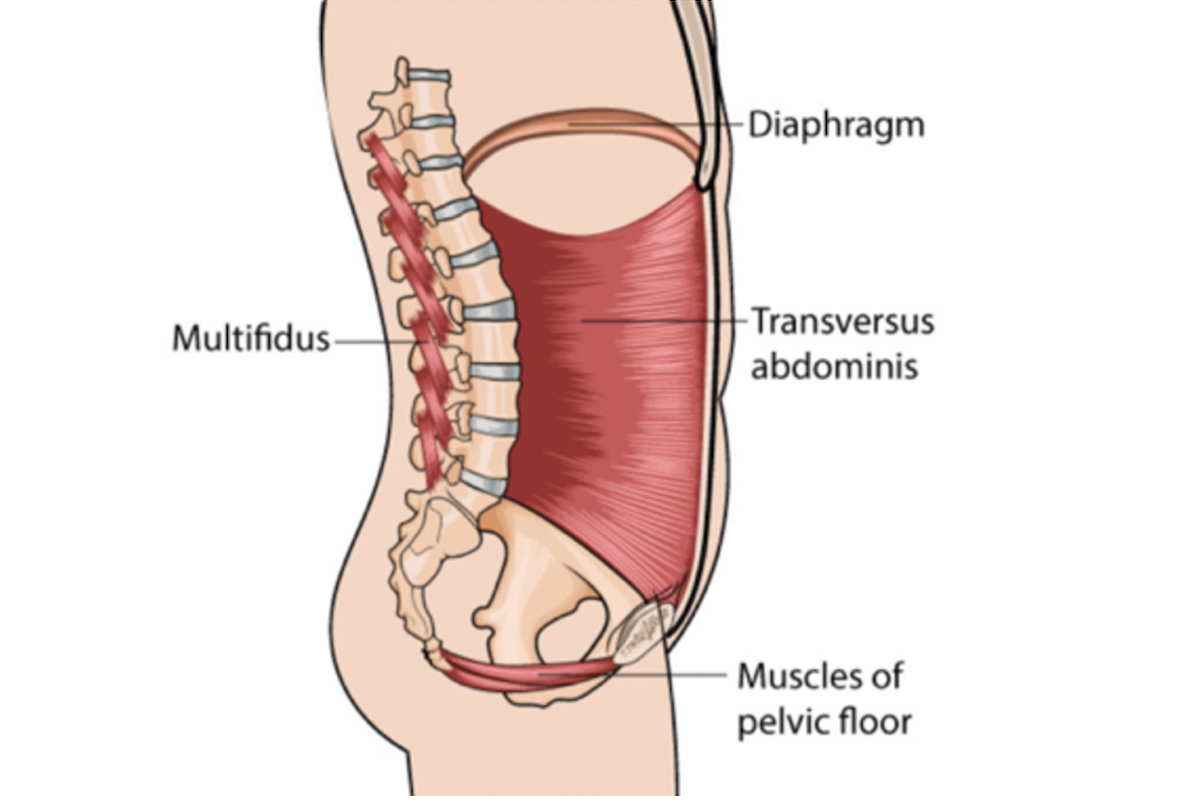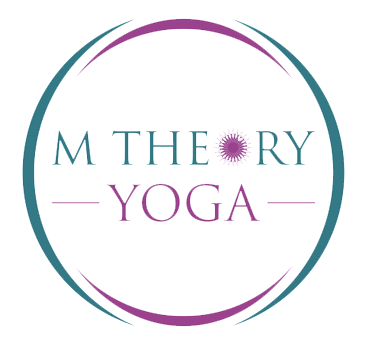
27 Jul All About The Core
What is the core? A canister. A piston. A container. An organizer of energy. The answer is all the above!
The definition of the “core” has evolved, but it is not the “six pack” rectus abdominis muscles as often described. It deserves so much more glory than an aesthetic quality, because it is a whole body system that includes everything but the limbs. The biggest job of the core is to stabilize and hold a neutral spine so we can move energy more efficiently. We want dynamic stability so we can utilize our strength in a functional manner.
My favorite definition comes from my yoga mama teacher and it is an acronym. C.O.R.E = Conduit Of Renewable Energy. The core stabilizes the central axis of the spine and holds everything together so we can move in bigger ways with integrity and efficiency…which means less susceptibility to injury! Yes! This is great news for those of us who practice yoga, because we move in a variety of ways, in ALL the planes of motion. In M Theory yoga classes we connect breath and movement and flow through physical postures. We stabilize, move, and then realign to find our center. We “stress” the core through load and demand which means growth in endurance and adaptability. The energetic body also becomes aligned. Per yoga philosophy, chakras are energy centers rooted deep within our body, and the third chakra is the solar plexus that resides within the core. This is where our power resides. Our will and ambition gives us confidence and self-identity.
Wow. Now THAT’s what I call core integration!
We recognize that the body is an energy system, and we want to avoid energy leaks. In quadruped, when we are on our hands and knees, we absorb energy, or ground reaction force, from the floor. We organize it through alignment with a neutral spine, pelvis and shoulder girdle to avoid energy loss through leak. Our core captures and funnels the energy back into the floor and to our limbs to initiate more complex movements. This is movement FREEDOM!
So getting into the grit of core kinesiology; What are we talking about anatomically? There are actually 29 muscles included in the core system with the shoulder girdle and hips included. Whew! That’s a lot. I have to make sense in my brain with the basic scaffolding of the core, because in reality we don’t exist compartmentalized as individual muscles. We are a kinetic chain of muscles, fascia, ligaments, tendons and bones all related and affecting one another. There really was something to that rhyme “The thigh bone is connected to the knee bone…” I like to break the core down into the three dimensional visual of the “Core Four.”
1) The parachute-shaped breathing muscle, the respiratory diaphragm, is on top anchor at the base of the lungs.
2) Transversus abdominis. Your deep longitudinal corset muscle that wraps and hugs the trunk.
3) Multifidus. A group of small, thin, triangular muscles which run along the length of the spine and tie up the “corset.”
4) The pelvic diaphragm, or the “bowl” of the pelvis supports everything from below.
One of my favorite core movements we do in yoga class is bridge pose. We work the energy from the floor through our feet and our core stabilizers fire. There is pelvic engagement, especially when you add a block between the thighs, and our glute muscles come on line to extend the hip. We find a neutral pelvis and stack it under our shoulder girdle with ribs down and a happy spine in between in slight retraction from fascial pull. We work a deeper connection to the center of our body through alignment and stabilization as the container of the core encompasses the entire axial skeleton. Amazingly, we receive all this benefit from one pose.
The skill to access the strength of the core container takes practice, but it is so applicable to functional movement throughout the day. Hooray for yoga! So let’s integrate our amazing core with breath and movement to optimize our posture, stand better, and feel empowered so we can move with grace, efficiency, and ease.
See you on the mat!
Leigh

Sorry, the comment form is closed at this time.